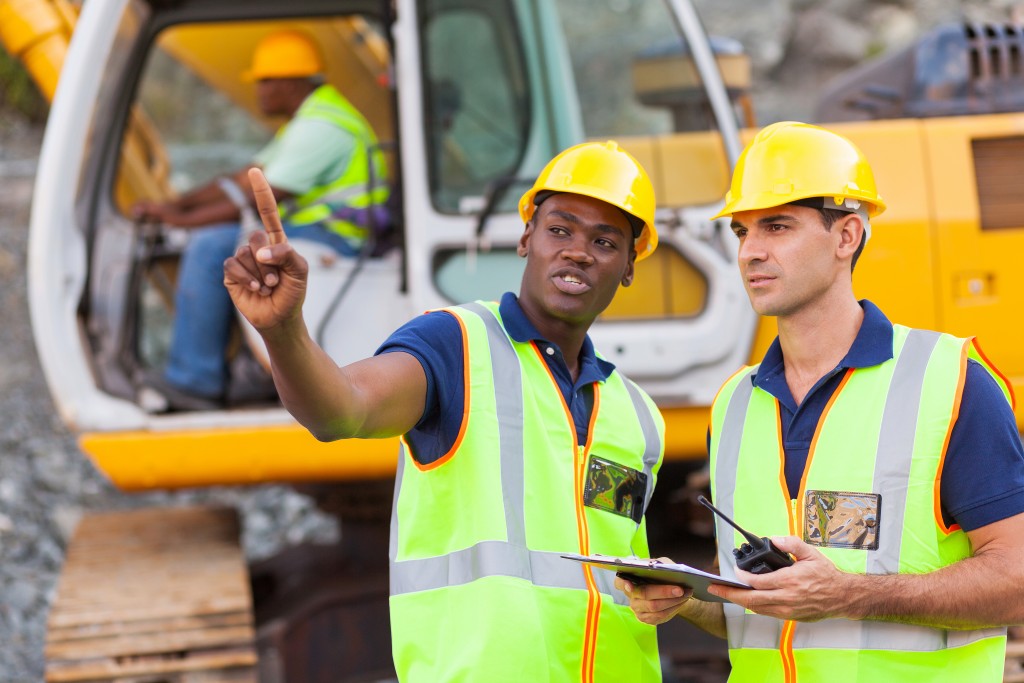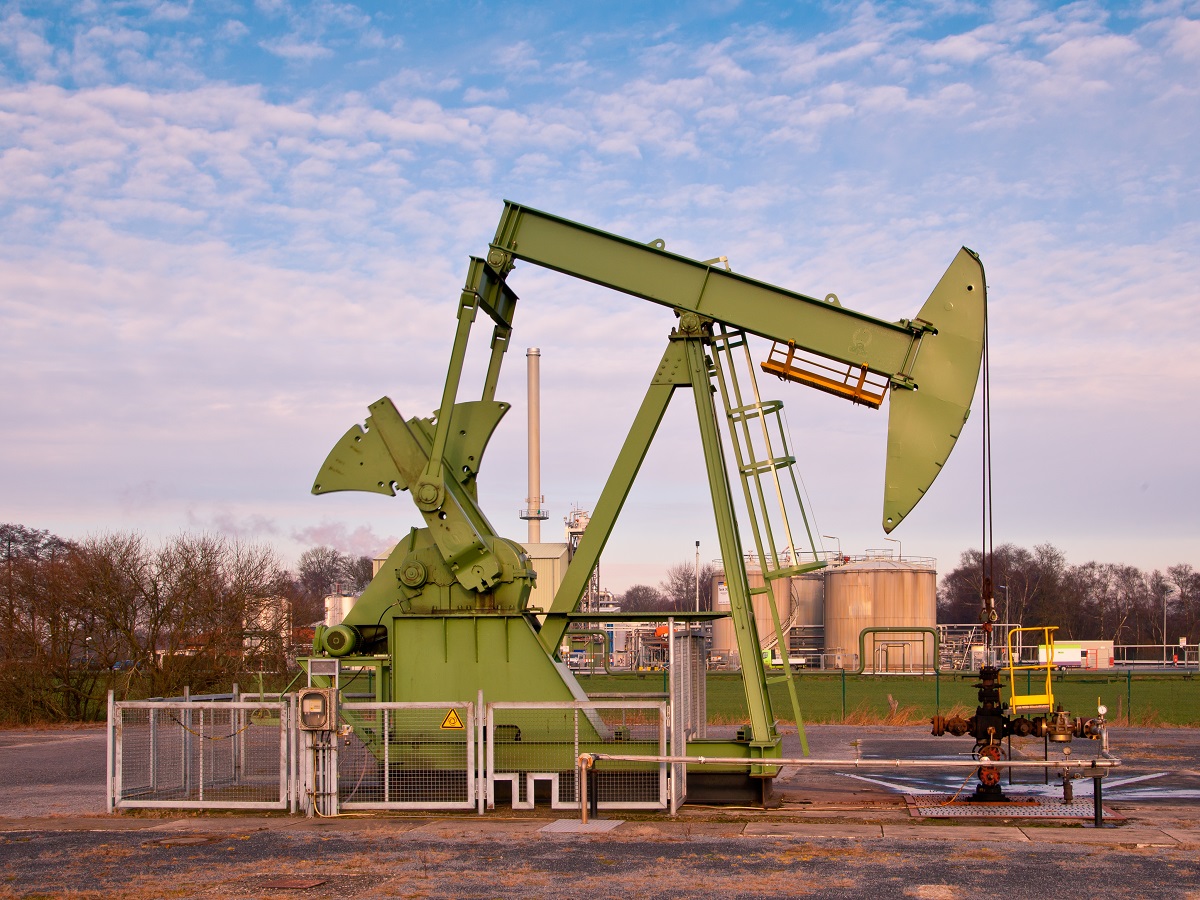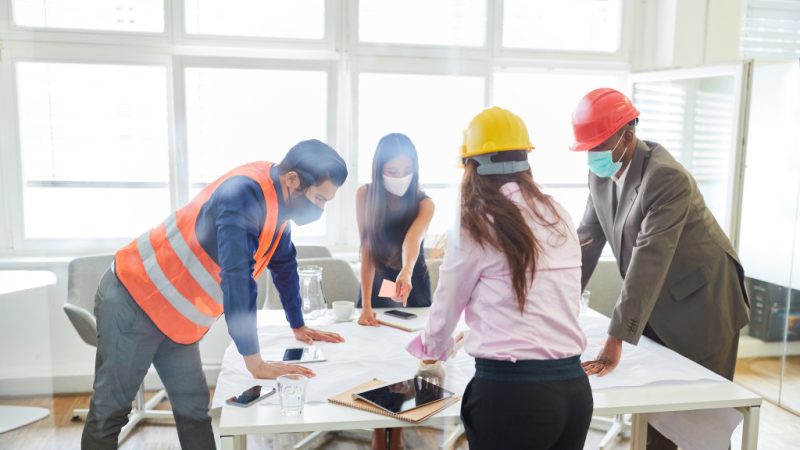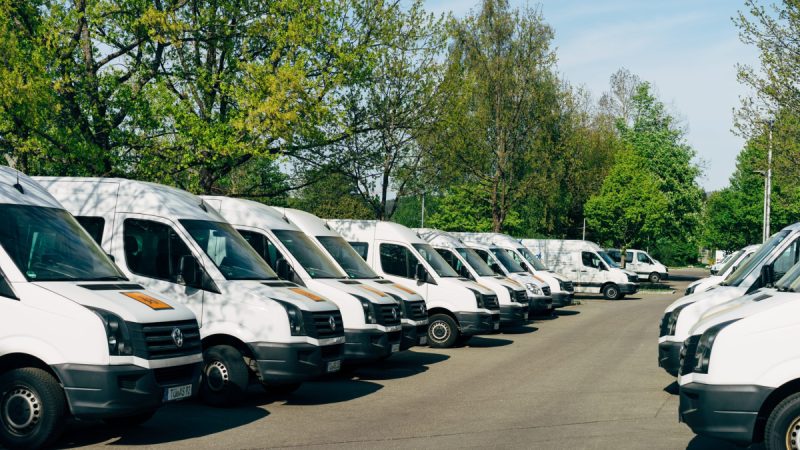5 Technologies to Keep Construction Sites Safe

Construction is one of the biggest industries in the United States with about 6.5 million workers and total revenue of about $12.5 billion. As experts project these numbers to increase, so does the likelihood of fatal and non-fatal injuries among construction workers. These injuries result in almost 2.2 million lost working days per year.
While construction sites aren’t a risk-free environment, many of these risks could be mitigated through proper training, operating procedures and also with the aid of modern technological advances.
Modern technology can reduce the risk of accidents on a project site either by new garments resistant to harmful substances or robotics that help a person lift heavier objects without breaking much of a sweat. Let us explore these construction technologies that keep our construction workers safe.
Exoskeletons
While not widespread at the moment, the exoskeleton offers itself as an option that will prevent work-related injuries in a construction site. They come in two forms, powered and unpowered. Powered assist exoskeletons allow a construction worker to lift heavier objects. The unpowered variant ensures proper posture with the use of counterweights for optimum weight distribution. Both versions reduce the strain on the human body and thereby reducing the risk of work-related injuries.
Exoskeletons already see usage in other industries such as physical therapy and even in the military as well. For example, they help stroke patients walk again. The military is also considering using powered exoskeletons to enhance the fighting capabilities of the American soldier.
Virtual Reality
Commonly used for training surgeons, Virtual Reality (VR) is now being used to train construction workers without having them exposed to hazardous environments. A company called Gammon Construction has recently implemented VR in their training with great results. They found out that the trainees were more engaged and there is a noted reduction in worksite accidents.
Designers can also use VR to “walk into” their drawings like they would in a comic book-inspired movie. An offshoot of VR called Augmented Reality is also a valuable tool for chiefs to explore the project site with their smart glasses and identify potential issues and fix them immediately.
Wearables
Next-generation safety vests can come equipped with sensors, GPS and other cool gadgets. These sensors allow the vest to detect any harmful substances in the air or any abrupt changes in the temperature, which prevents the wearer from being exposed to these elements. The GPS helps keep track of the employee’s location, should that person be reported as missing, or function as another monitoring tool for superintendents. A built-in airbag protects the wearer from a fall. They charge all the electronic equipment integrated into the vest using solar or kinetic energy.
Drones
Drones can go to hard-to-reach places in a construction site. This means you don’t have to risk putting a person in harm’s way to investigate a problematic area. There are several drones in the market today that come in all shapes and sizes. There are also specialised drones that have varying features which include aerial photography and mapping as record videos to be used for promotional purposes.
Enhanced specialised equipment

Sometimes, safety also means protecting your investment by utilising equipment that is rated for durability and safety. Today’s quick hitches for excavators remove much of the manual work when making adjustments, allowing operators to spend less time out of the cab, meaning less risk of injury.
A popular quick hitch is the automatic quick coupler. The operator no longer needs to leave the cab with the double-locking feature that secures front and rear attachments. It is fully compliant with the latest safety regulations for earth-moving equipment. Their solid and simplistic designs make them less prone to wear and tear and less susceptible to frequent maintenance. It saves money while also preventing on-site accidents.
Many technological advancements are readily available today. All we need is an insight into how we can use them in our construction businesses to increase safety and productivity.




